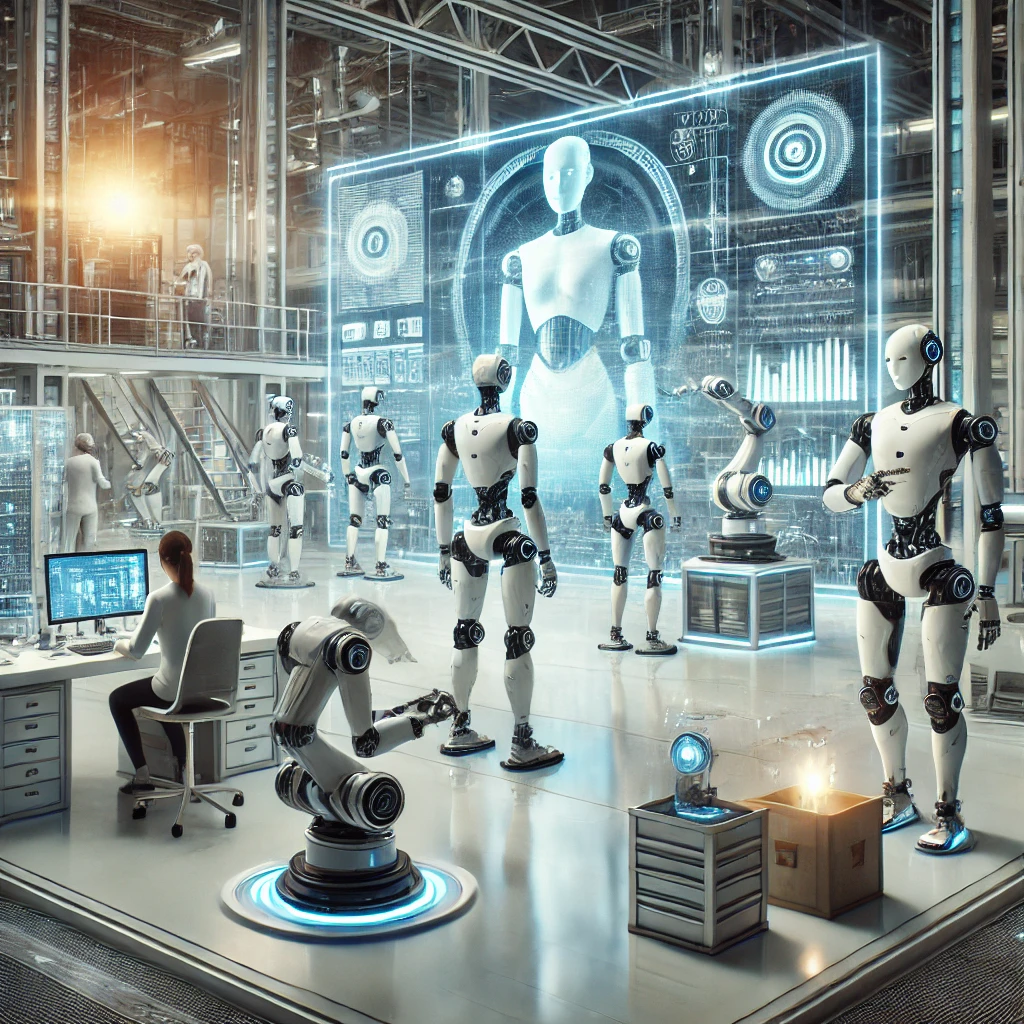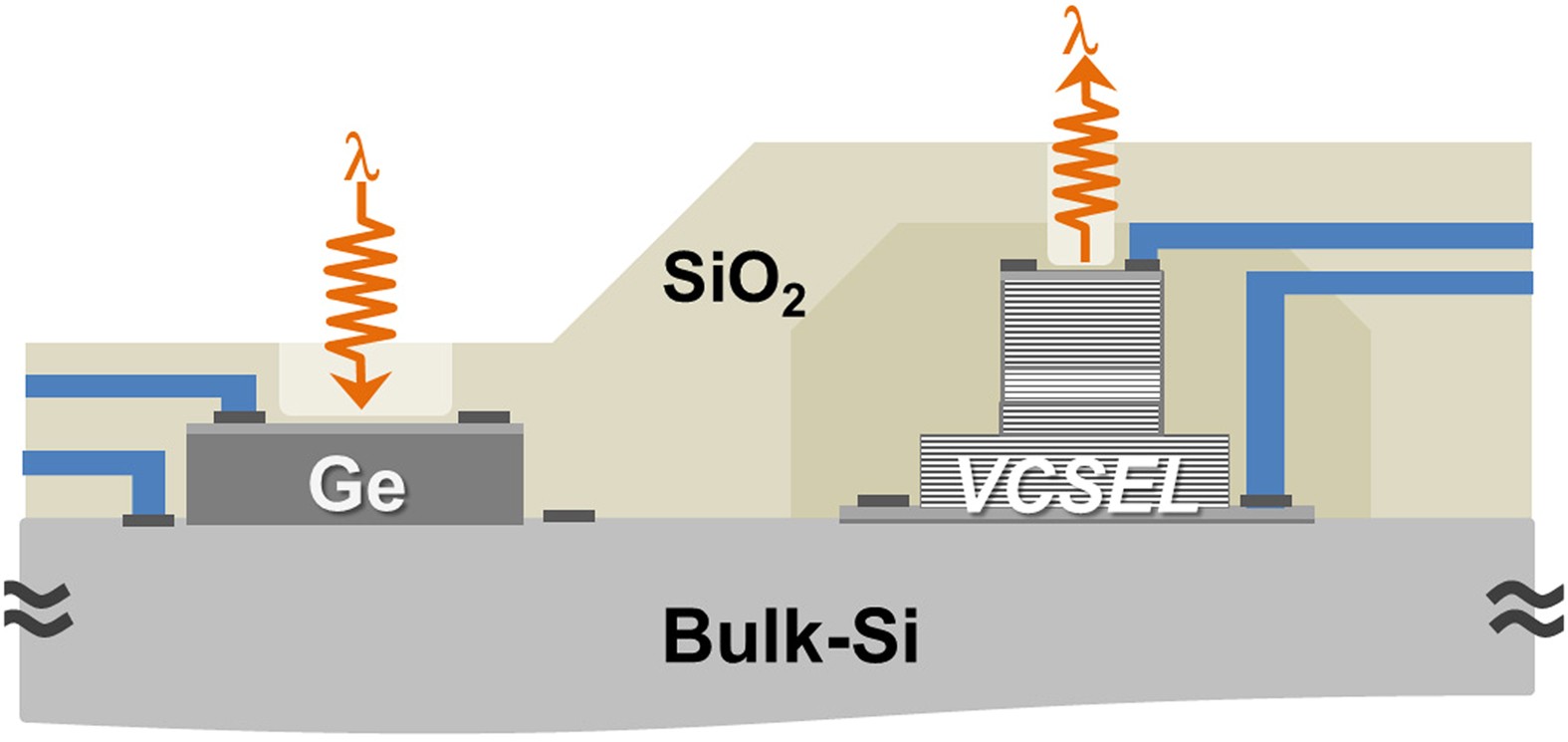
The robotics industry is undergoing a significant transformation with the rise of polyfunctional robots. These advanced smart robots can perform multiple tasks across different environments. Moreover, they are reshaping industries such as manufacturing, healthcare, and logistics. Therefore, polyfunctional robots are becoming essential for improving productivity and fostering innovation.
What Are Polyfunctional Robots?
First, polyfunctional robots are designed to handle diverse tasks with ease. Unlike traditional industrial robots, these machines are versatile. Additionally, they use AI in robotics to adapt to changing conditions. Furthermore, their modular design allows them to perform complex operations in various environments. Consequently, they are transforming how industries approach automation.
Revolutionizing Key Industries
Next, polyfunctional robots are making waves in several sectors:
- Manufacturing:
In manufacturing, polyfunctional robots improve efficiency by taking on tasks like assembly, quality checks, and inventory management. Moreover, their adaptability reduces the need for specialized equipment. Therefore, they are redefining the role of manufacturing robots in production. - Healthcare:
Similarly, healthcare robots are enhancing medical practices. For example, they assist in surgeries, patient monitoring, and elderly care. Furthermore, their ability to adapt to dynamic healthcare needs makes them indispensable. Consequently, they are improving patient outcomes while reducing staff workloads. - Logistics:
In logistics, logistics automation has benefited immensely from these machines. For instance, they sort, pack, and transport goods efficiently. Moreover, by collaborating with human workers, they ensure timely deliveries. Thus, polyfunctional robots are streamlining supply chain operations.
Human-Robot Collaboration
Meanwhile, one of the most promising aspects of polyfunctional robots is their ability to enable human-robot collaboration. Equipped with advanced sensors and AI, these smart machines can understand human actions and intentions. As a result, they create a safe and efficient working environment. Therefore, daily interaction with robots is becoming increasingly common across industries.
A Growing Trend
According to the Gartner forecast, by 2030, 80% of people will engage with smart robots daily. Currently, this figure is less than 10%. Moreover, advancements in robotics applications and robot adaptability are driving this growth. Consequently, polyfunctional robots are shaping the future of robotics by becoming more accessible and versatile.
Challenges and Future Prospects
However, despite their potential, these robots face challenges. For example, high development costs and technical complexities remain barriers. Nevertheless, ongoing robotics innovation is addressing these issues. Furthermore, as the robotics industry advances, these challenges are likely to diminish. Therefore, the future of polyfunctional robots looks promising.
Conclusion
Finally, the rise of marks a turning point in the robotics industry. On the one hand, their robot versatility and AI-powered capabilities make them invaluable. On the other hand, their ability to foster human-robot collaboration ensures they are practical in real-world settings. Therefore, these smart robots are set to play a pivotal role in the future of robotics, transforming industries and redefining automation.






